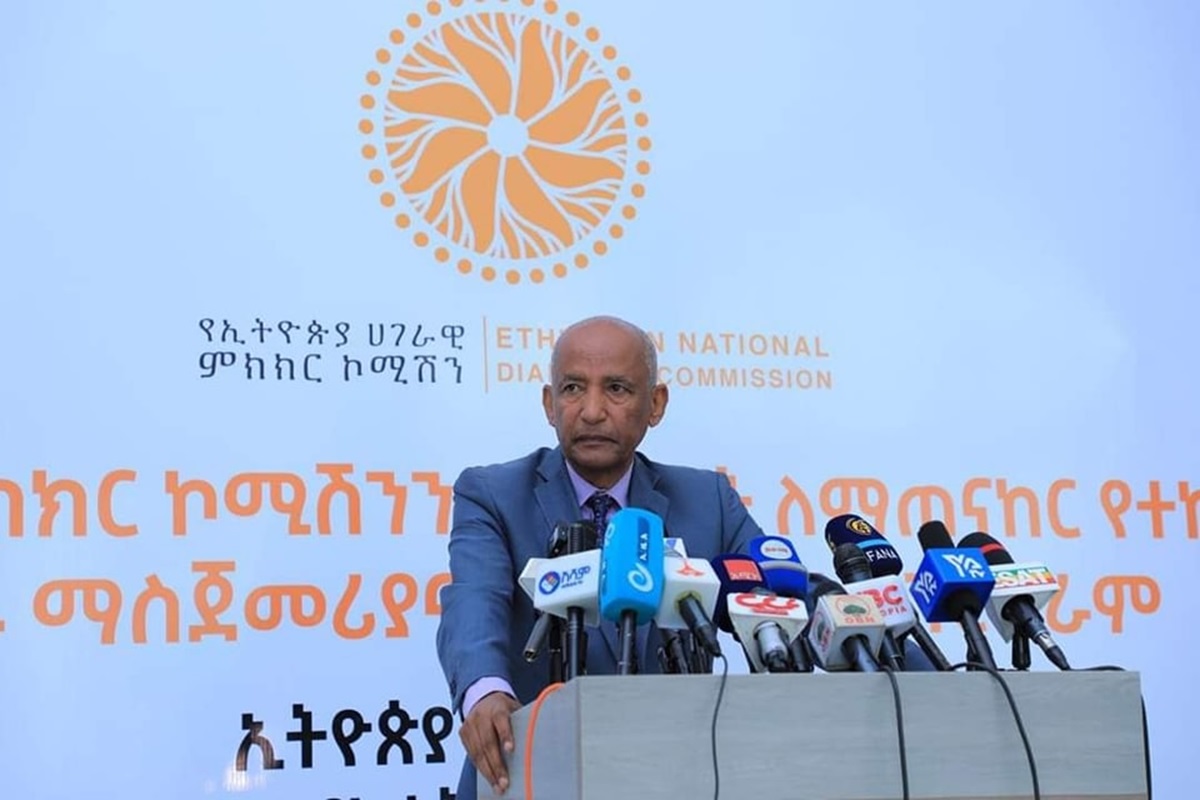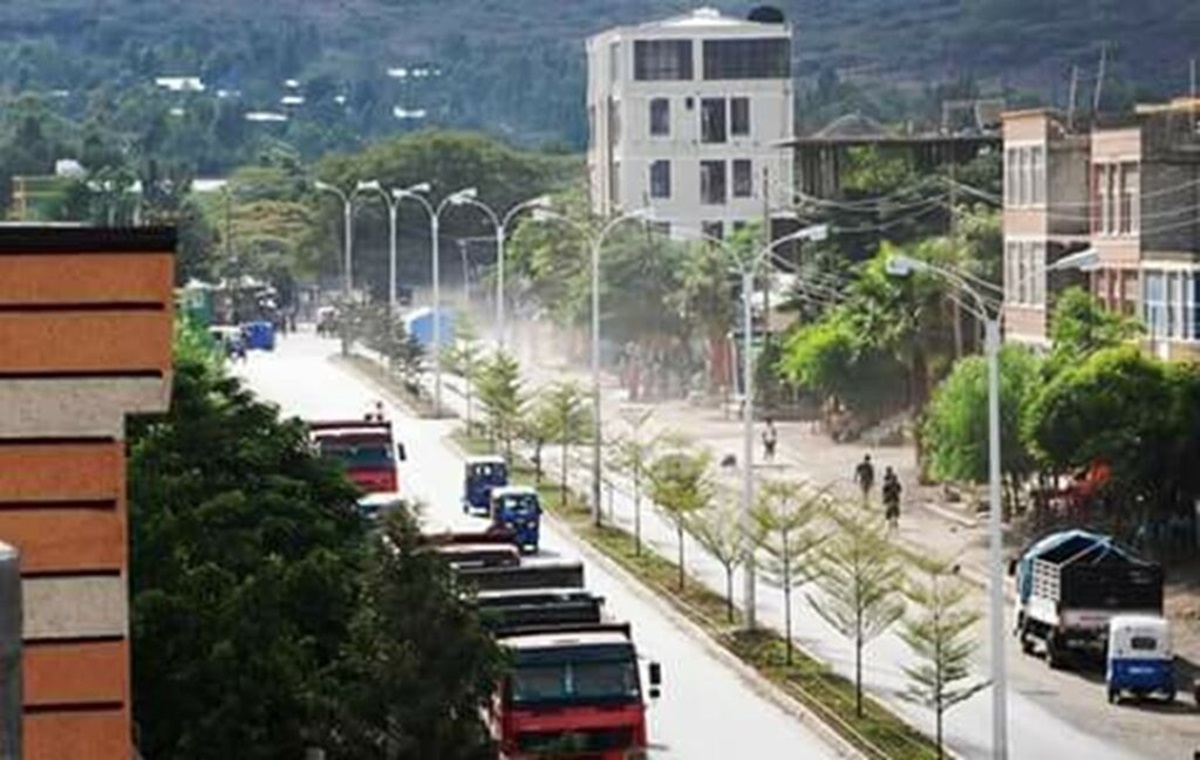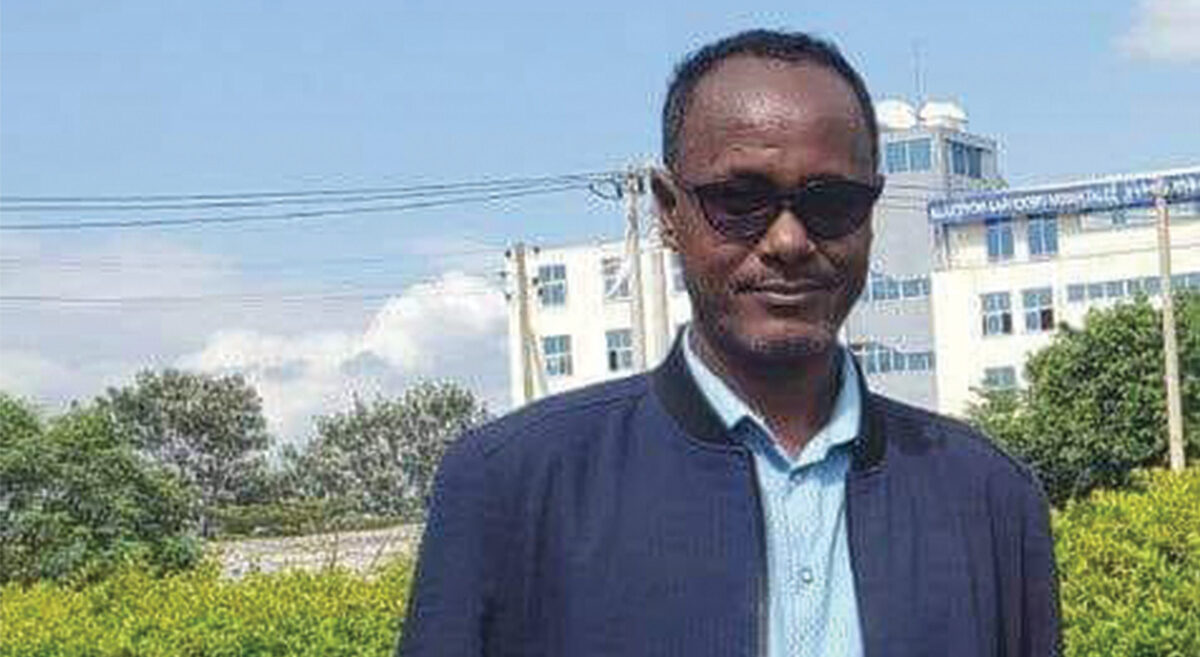Analysis: Gov’t decision resuscitates feud over city ownership, incites six-month long unrest in Southern Oromia
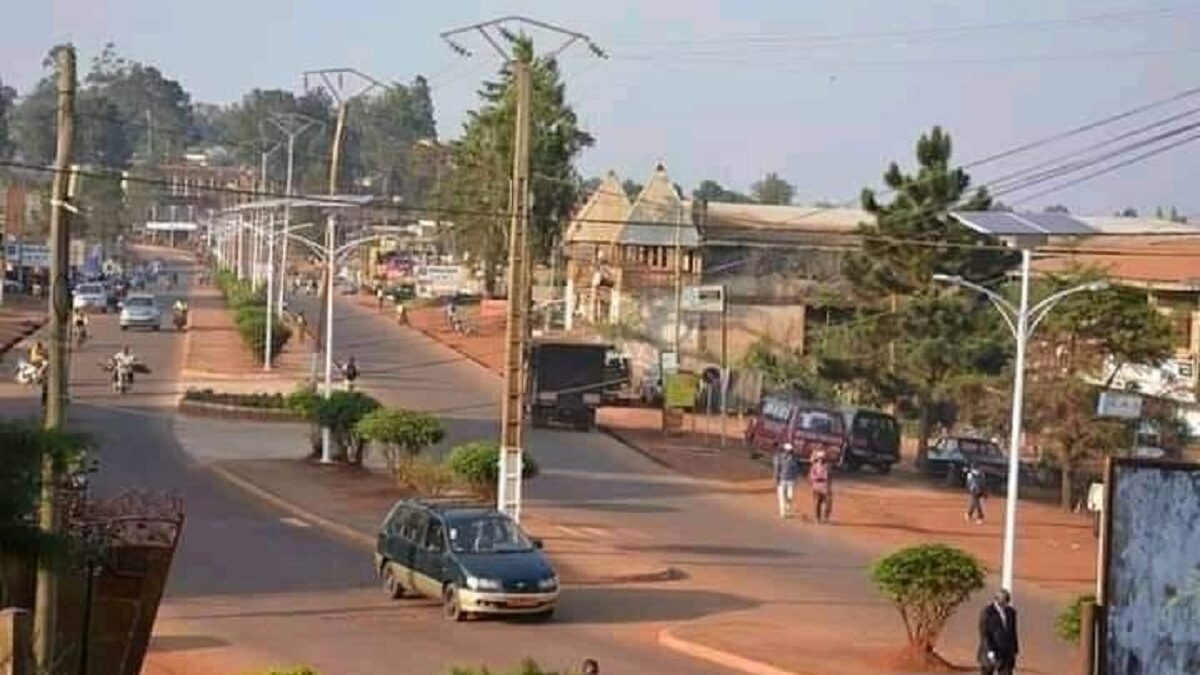
By Abdi Biyenssa @ABiyenssa
Addis Abeba – The Guji zone in Southern Oromia has been plagued by unrest for the past six months adding a layer to already volatile security situation in the area due to ongoing conflict between the Oromo Liberation Army (OLA) and government forces.
Civilians were killed and many including government officials were imprisoned during months of protests, escalating the already dire human rights situation in the area. Road closures, boycotts of transportation, market and business activities have significantly strained the local economy pushing residents to the brink.
Why protests?
The protests were triggered following the Oromia regional government’s announcement, on 27 February 2023, of the formation of East Borana zone as the 21st zone in the Oromia region. The newly created zone consists of 10 districts taken from the surrounding zones, such as the Bale, Guji, and Borana zones.
The rationale for the restructuring of the zone(s), as the Oromia regional state pointed out, was to boost development opportunities by creating development corridors, solve security concerns in the area, and curb corruption and maladministration in Southern Oromia. Fikadu Tesema, the head of the Oromia prosperity party, justifying the regional government’s decision, told regional law makers in July 2023, “we are strengthening the Oromia border and nurturing brotherhood between brotherly people.”
But residents of the Guji zone and zonal officials who oppose the restructuring have doubts over the government’s stated intention, noting the lack of public consultation during the restructuring process and the top-down approach of the decision making.
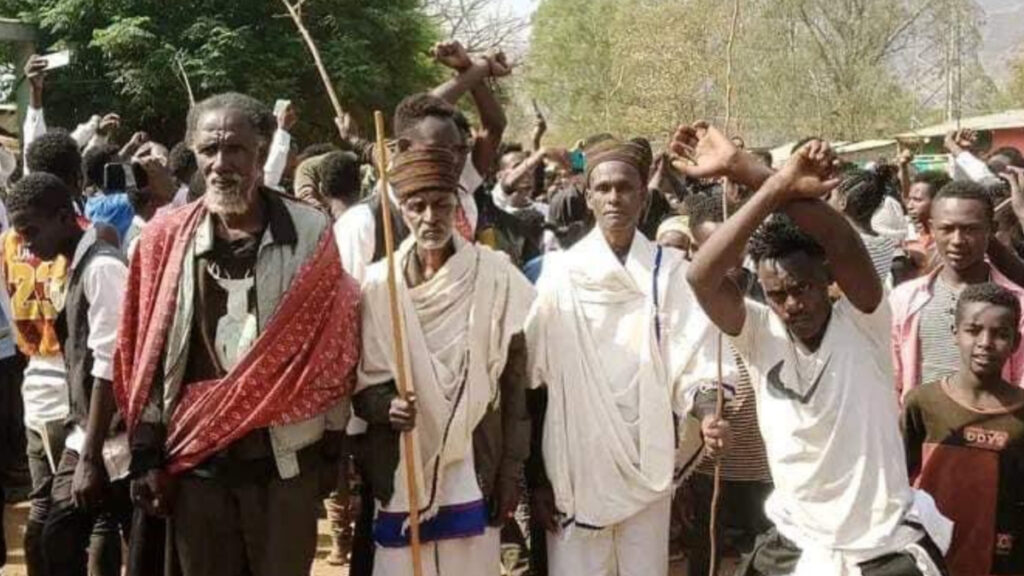
While discontent was heard from the residents of the Bale zone towards the restructuring, fierce opposition came from the Guji zone mainly because the administrative capital of the zone “Nagelle” was incorporated under the new zone and the Guji zone administration had to move its seat to Adola Rede.
The protests in Guji zone were further fueled by a long lasting feud between the Borana and Guji communities over the ownership of the “Nagelle” city which is also referred to as “Nagelle Borana”.
An official from the Guji Zone, who asked not to be named, said the city was formed in 1917 as a result of the establishment of a military camp in its southeast corner and the subsequent commencement of a market in the area. He added that it was granted city status in 1941 and became the seat of the Borana Awuraja under the Sidamo province which also comprised the Guji until 1987.
Following the formation of Oromia Regional State during the transitional period of 1992 both the Guji and the Borana were put together under one zone called the Borana zone with its capital being “Nagelle Borana”, until 2002 when the Guji zone became a separate zone. As a result of the restructuring, Borana zone’s administrative seat moved to Yabello while “Nagelle” continued to serve as capital of the newly established Guji zone.
Wakitola Chachu, native Borana and a Lawyer speaking to Addis Standard recalled that the decision caused years of controversies between the Guji and the Borana. In 2014, an armed confrontation claimed the lives of more than 1000 people from both sides.
Asebe Regassa, a professor at the University of Zurich and a researcher in intra-ethnic and inter-ethnic conflicts in the region, said the recent decision by the Oromia regional government to incorporate “Nagelle” under East Borana zone “is considered as a loss of their ancestral land for the Guji”, but for the Borana, “it seems like gaining what they considered was illegitimately lost to the Guji”.
Besides the historical feud over the city, there was a procedural flaw as to how the restructuring of the new East Borana zone was carried out, Tiso Gobana, a lawyer from Guji argued. According to him, “the body that has the power to restructure zones and woredas/districts is the regional council, Chafe Oromia as opposed to the executive branch of the government”.
He further noted that the government’s unilateral decision, without consulting the public, to incorporate “Nagelle” under the new zone after the city’s 20 years of hiatus as the capital of Guji zone, have infuriated the residents of Guji. “The top-down policy of the government without holding public consultation and dialogue is the problem that caused the current tension,” Tiso elaborated.
Badhasa Hailu, an activist based in the US spearheading the six months long protests in Guji, told Addis Standard that for most part of this period, a transportation route between Bore and “Nagelle” cities covering close to 300 kilometers have been closed with the exception of intermittent vehicular movement accompanied by military patrol. This according to Badhasa has significantly crippled economic activities in the area putting due pressure on the government.
In Goro Dola, one of the districts taken from the Guji zone and placed under the East Borana zone, Badhasa conveyed that most of local district cabinets including the administrator and his deputy have been imprisoned. He further claimed that public offices and the entirety of government structure in the district have been rendered dysfunctional.
He accused government security forces deployed to the area to quell the protests of committing various human rights violations including killing and arbitrary arrest of civilians.
Call for dialogue
Despite these challenges the government didn’t want to effect change of course. Efforts by the Gadaa leaders and local elders from the Guji community to discuss the matter with the Oromia regional government have been fruitless.
Merera Gudina, professor of Political Science and International Relations at the Addis Ababa University, who is also leader of the prominent opposition party in Oromia region, the Oromo Federalist Congress (OFC) informed Addis Standard the government’s decision to restructure a new zone in the area is political.
“The Oromo Liberation Army (OLA) operates in Borana and Guji areas, and the ruling party wants to undermine its activities by propelling conflict between the brotherly Guji and Borana,” the professor elaborated.
Concurring with this assessment, professor Asebe said, “this could be a strategy designed by the Oromia regional government to weaken the presence of the Oromo Liberation Army in that part of the region”.
Asebe said in the face of fierce opposition from the Guji people, “the regional government’s approach of intimidating Gadaa leaders and local officials, at times through violence, and at times through co-optation has utterly failed”. He noted that “the only way out from this contestation is through genuine, transparent, free, and participatory discussion, negotiation, and dialogue involving both the Borana and the Guji”.
Both Tiso and Wakitola emphasize the need for all inclusive dialogue to resolve the current stalemate and de-escalate tension between the two brotherly groups. The lawyers called for depoliticization of the matter and proposed collective development and ownership as a way out.
Professor Merera on his part, stated the complexity of the issue but said his party is making efforts to contribute to the amicable resolution of the deadlock. AS




